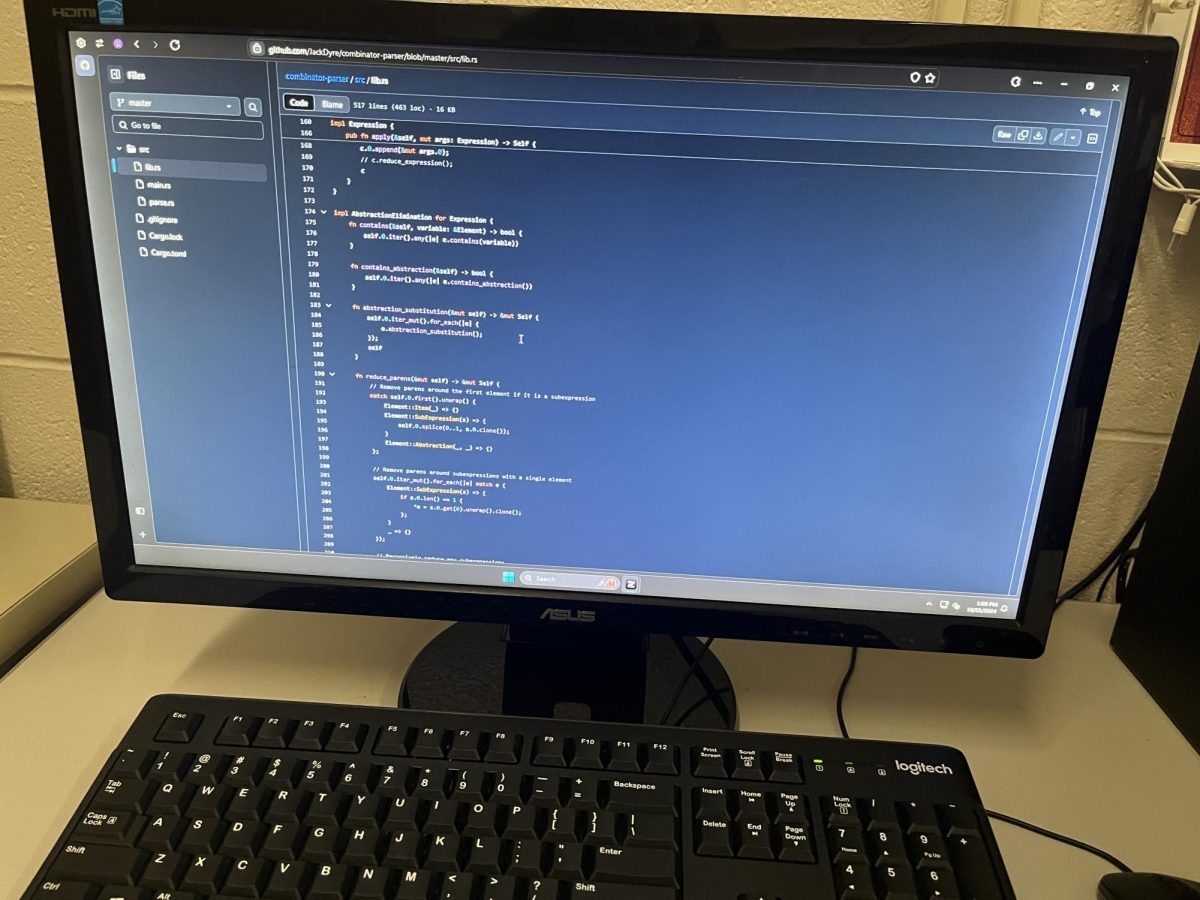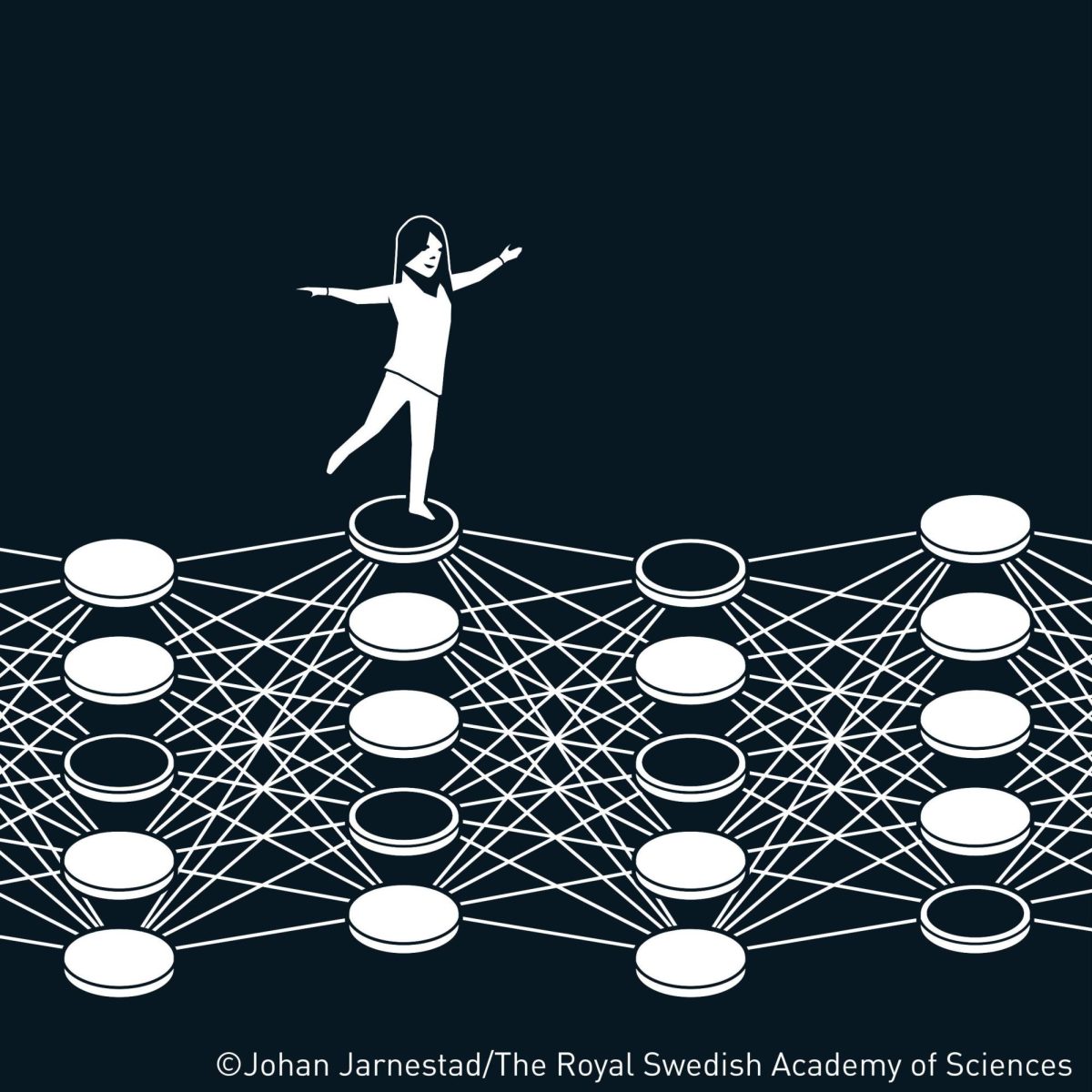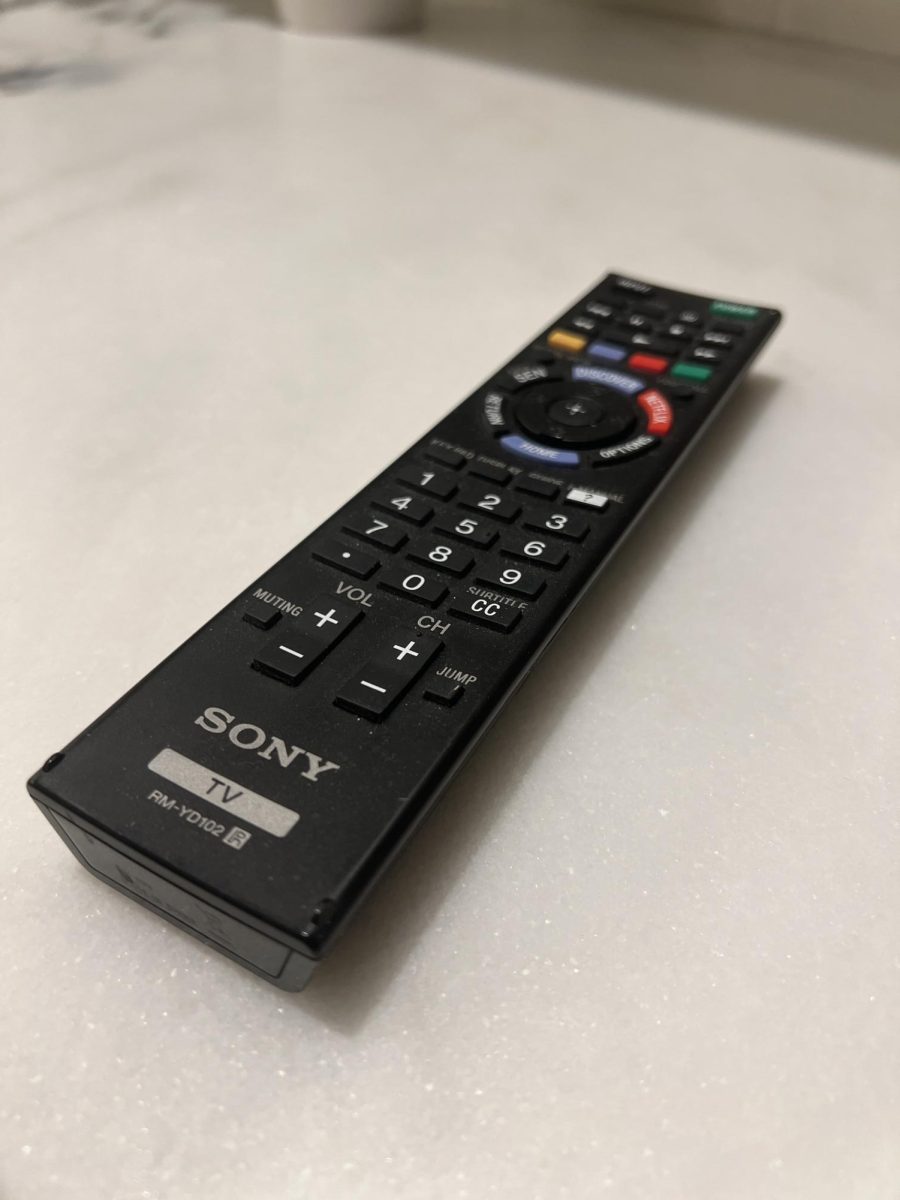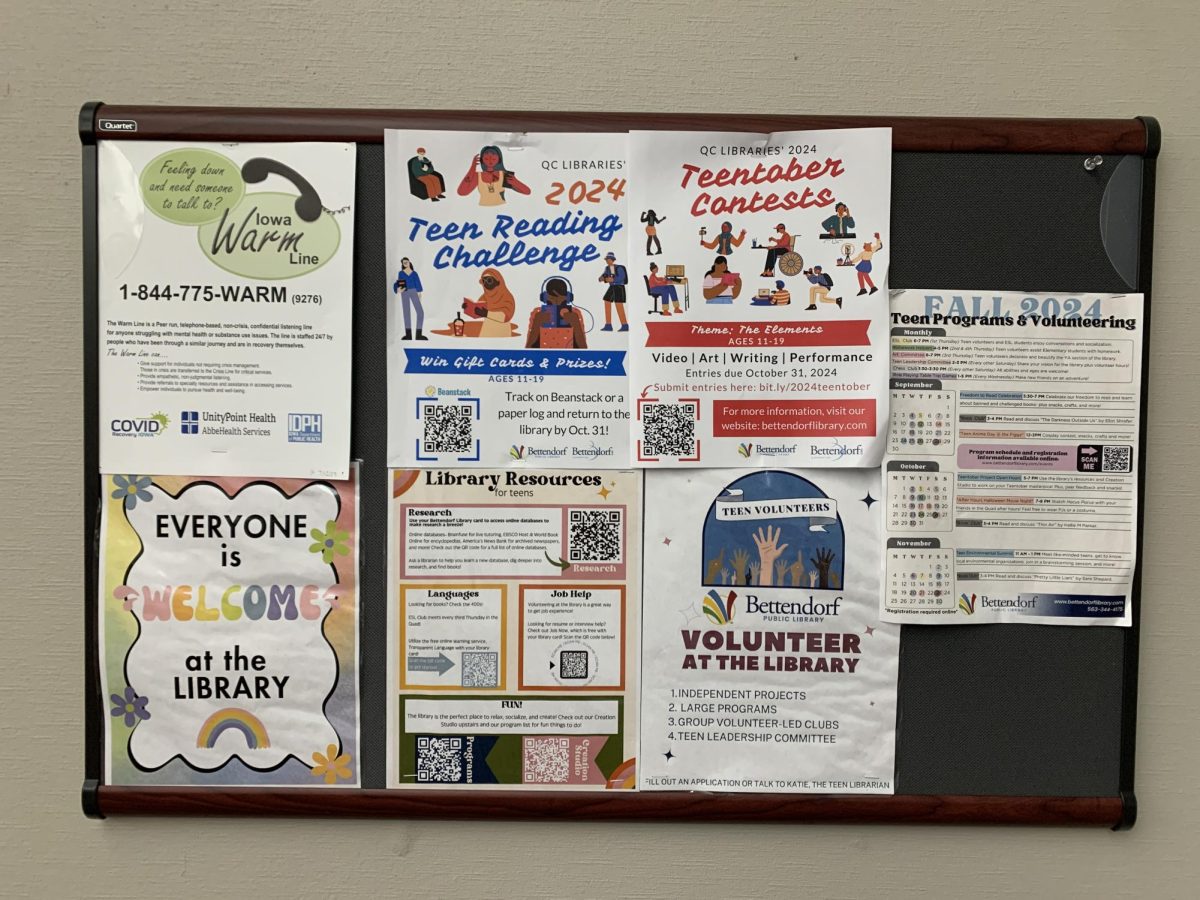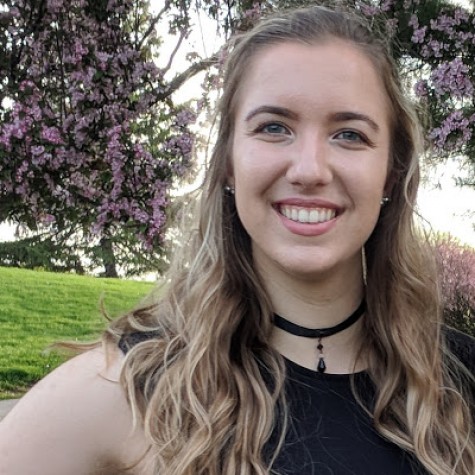Most students would agree that preparing, studying, cramming and taking finals are the dreaded moment they all have to face at the end of each semester at Pleasant Valley High School. There is a very subtle shift from administering finals, to requiring students to have portfolios prepared in place of a typical exam final. What could be the cause of this, and how does it affect teachers and students?
Joel Kachappilly, a senior at Pleasant Valley High School expressed the emotions he goes through during finals season, “I know when [finals] are coming like two or three weeks out, and then the week of finals, I start cramming and studying like crazy, it’s really stressful.”
Kachappilly spoke on his experiences with final exams versus portfolio finals, and said in a class he took last year, he had a portfolio final. Kachappilly went on to say he found the portfolio final to be certifiably less stressful and believed it to be a better opportunity to show growth as a student, because a final shows how much a student knows in that moment, on that one day.
In regards to the change from finals to portfolios, Kachappilly believes there is one. He said he had a portfolio final last year and has another this year. “I think more people are realizing it’s a better way to observe growth in students instead of just testing them for a day.”
In regards to her own emotions during finals week, psychology and college writing teacher, Ann Berger, said she tries not to burden kids with a large workload. She thinks more about kids because of the stress and the assignments they have to do, but that she doesn’t think it impacts her.
Pertaining to the more portfolio-style finals, Berger agreed that there is a shift in the way finals are given. She stated, “I think we’ve been asked as teachers to do more authentic assessments… and we’re looking to make sure kids are putting together final products that are meaningful and representative of their work throughout the semester that goes beyond just a basic true/false, multiple choice exam.”
Furthermore, Berger believes the portfolio final to be easier to create, more exciting and more creative. She hopes that her peers, too, enjoy coming up with creative assessments to challenge their students. This serves to show their real thinking, instead of the regurgitation of different items the teacher has already asked throughout the semester.
Berger said, “I honestly think it takes way more work to put together a portfolio than it does to come and scratch out bubbles.” Berger likes the way education is changing assessment styles, and said this style requires students to access higher thinking.



